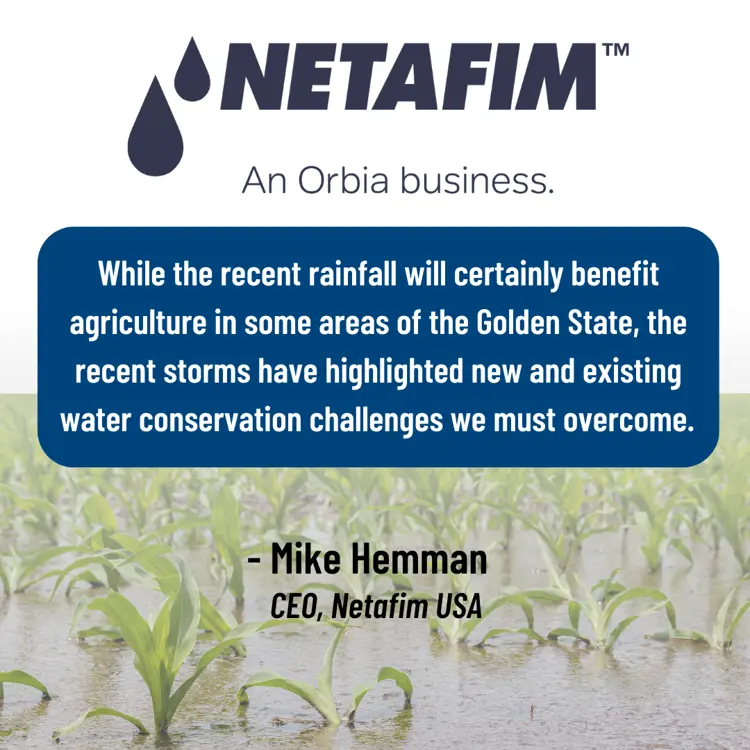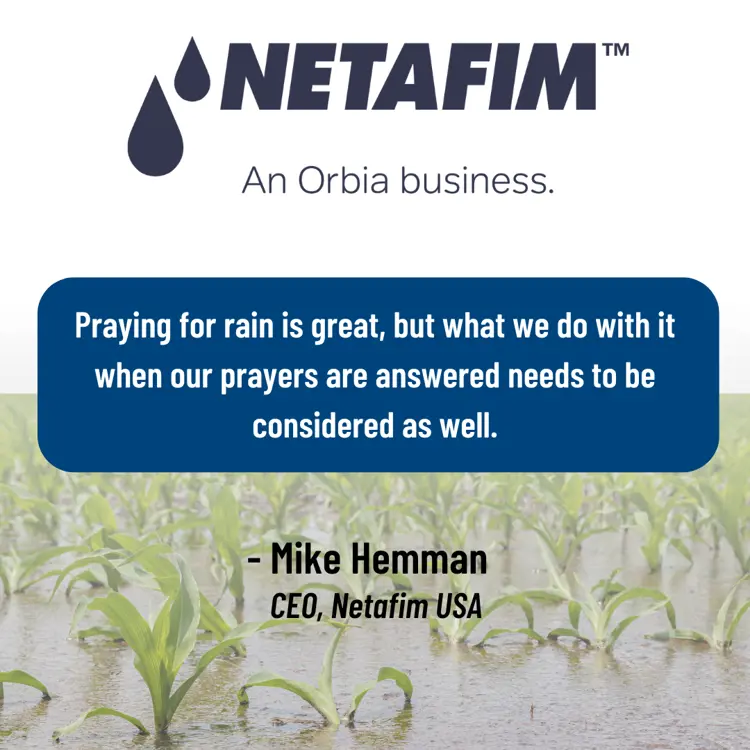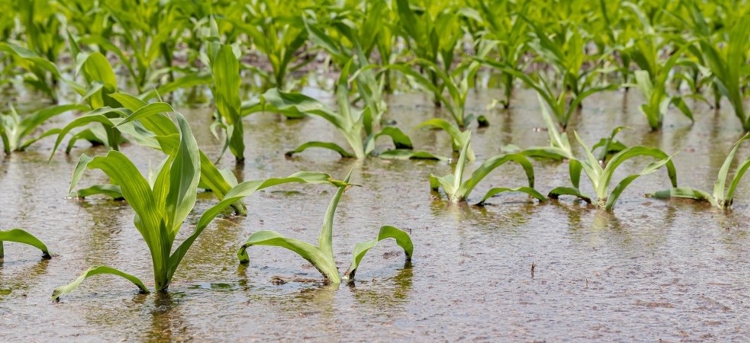Precipitation Alone Will Not Solve Our Water Crisis
Precipitation alone will not solve our water crisis. Many are proclaiming that the recent rains in CA have ended the extended drought. Did you know that almost 90% of water inflows into California’s San Joaquin Delta during this timeframe were flushed into the ocean?
California has experienced torrential rainfall this January. While the immediate focus is rightfully on helping those impacted by flooding and other challenges, many are talking about the “silver lining” these rains bring to a state facing ongoing drought issues.
Unfortunately, even though we have a well-established network of reservoirs, canals, and aqueducts to capture and store precipitation for future use, much of the rainfall we have experienced will not benefit our farmers. In fact, recent Bureau of Reclamation data for the 2023 water year showed that a jarring 88.2% of stormwater inflows into the San Joaquin Delta have ultimately been flushed into the ocean. While the recent rainfall will certainly benefit agriculture in some areas of the golden state, the recent storms have highlighted new and existing water conservation challenges we must overcome.

In Central California, much of the surface water farmers rely upon, flows through a series of rivers and tributaries into the San Joaquin Delta. From there, water is moved through a series of canals and aqueducts, managed by federal and local irrigation districts, to supply farms with surface water.
Unfortunately, during the most recent storms, most of the excess water flowing into the Delta was not retained. Instead of being redirected to farmers in the Southern part of the state, approximately 95% of the Delta inflows from January’s storms were flushed into the Pacific Ocean. To be fair, there are endangered species considerations that must be managed, but not fully capitalizing on this rare rainfall feels like a massive lost opportunity.
Despite the storage and conveyance conflicts in our states water network that need to be addressed, there are still benefits for our farmers from these recent storms. Increased precipitation and snowpack may lead to some short-term reduction in groundwater pumping via higher water allocations for senior water rights holders. However, the recent rains are not a magic bullet. Years of drought cannot be overcome by days of rain and snow. The same holds true for storage and conveyance infrastructure that supports California’s farms and communities.
These challenges also reinforce the importance of the work we are already doing to conserve our water resources. Drip irrigation technologies can optimize the use of limited water resources, help farmers comply with existing and upcoming water regulations, and add a level of irrigation precision that is becoming more necessary given our dwindling resources and conveyance challenges.
Water is agriculture’s most precious resource. January 2023 should be a learning opportunity. We have a lot of work to do if we want to see lasting improvements in our agricultural water supply. Praying for rain is great, but what we do with it when our prayers are answered needs to be considered as well.


Comments
We'd love to hear your thoughts! To enter a comment, type your name and email address.